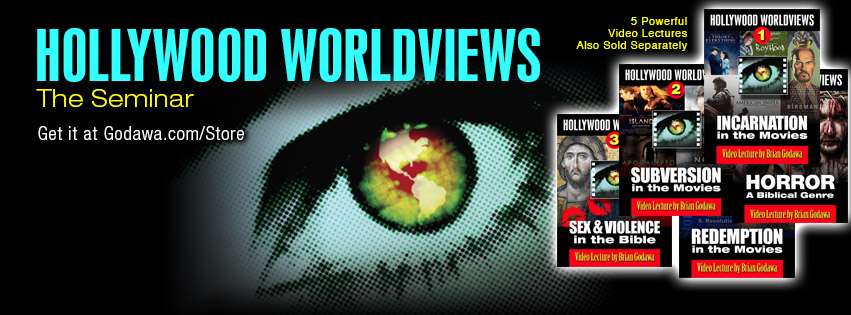Logline
A detective thriller about a Roman Tribune charged with the task of finding the body of Jesus Christ in order to stop an uprising after he is declared risen from the dead.
Not Your Father’s “Christian Movie”
Most “Christian movies,” especially ones about Jesus or the New Testament are cheap looking, cheesy, and quite honestly, tired and redundant.
I don’t even care to see them, and I’m a Christian.
Risen is NOT one of them.
It is NOT a “Christian movie,” filled with mediocre or bad performances of poor preachy writing and directing.
The Hero of the story is an unbeliever. But this is NOT the fake, stilted Kendrick brother’s version of an unbeliever.
Sorry for all those, “NOTs.” It’s just that there is so much baggage with the genre of Christian movies and Bible movies like this, that you have to realize just how different this movie really is.
Oh, and one more NOT. It is NOT another abominable subversion of the Biblical narrative and God like Noah and Exodus: Gods and Kings.
Now for what Risen IS.
Risen is an honest and truthful portrayal of a skeptical mind approaching the evidence for the resurrection of Jesus Christ.
And it is a fantastic story. It is an authentic fresh take on the Gospel from the unique perspective of an unbeliever.
Great writing, unpredictable story, strong acting, truthful and honest portrayal. Riveting drama.
To be honest, Risen is a Christian apologist’s dream come true. It is a narrative that dramatically and existentially incarnates the historical issues surrounding the resurrection of Christ in a much better way for today’s world than the logocentric “Evidence That Demands a Verdict” ever could (That’s not a knock on McDowell. It was good in its day). Of course, using the word “apologetics” in relation to a movie is dangerous, because of all the prejudice in the public against such an agenda. But so what. Atheists and other close-minded Bible haters and Christian bashers will still hate it, no matter how good the movie actually is.
And it is very good. Here’s why: Continue reading









